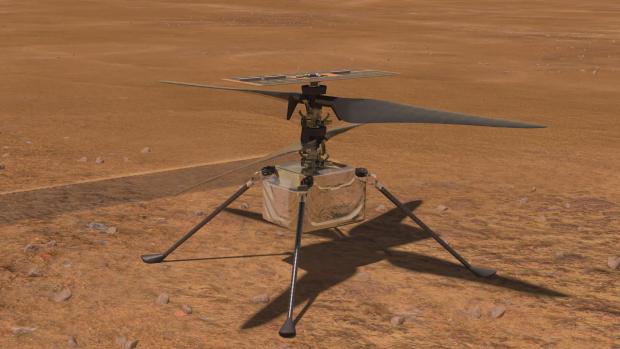
Breaking News
 Want to live to 100? DON'T turn vegetarian: Meat eaters are more likely to hit the milestone...
Want to live to 100? DON'T turn vegetarian: Meat eaters are more likely to hit the milestone...
 Pete Hegseth's review of female combat troops spurs furious backlash within the ranks:
Pete Hegseth's review of female combat troops spurs furious backlash within the ranks:
 Trump banishes fruit juice and urges red meat and butter as he declares WAR on American...
Trump banishes fruit juice and urges red meat and butter as he declares WAR on American...
 Russia and China fear NATO because of ME: Trump launches ferocious attack on allies...
Russia and China fear NATO because of ME: Trump launches ferocious attack on allies...
Top Tech News
 The First Production All-Solid-State Battery Is Here, And It Promises 5-Minute Charging
The First Production All-Solid-State Battery Is Here, And It Promises 5-Minute Charging
 See inside the tech-topia cities billionaires are betting big on developing...
See inside the tech-topia cities billionaires are betting big on developing...
 Storage doesn't get much cheaper than this
Storage doesn't get much cheaper than this
 Laser weapons go mobile on US Army small vehicles
Laser weapons go mobile on US Army small vehicles
 EngineAI T800: Born to Disrupt! #EngineAI #robotics #newtechnology #newproduct
EngineAI T800: Born to Disrupt! #EngineAI #robotics #newtechnology #newproduct
 This Silicon Anode Breakthrough Could Mark A Turning Point For EV Batteries [Update]
This Silicon Anode Breakthrough Could Mark A Turning Point For EV Batteries [Update]
 Travel gadget promises to dry and iron your clothes – totally hands-free
Travel gadget promises to dry and iron your clothes – totally hands-free
 Perfect Aircrete, Kitchen Ingredients.
Perfect Aircrete, Kitchen Ingredients.
 Futuristic pixel-raising display lets you feel what's onscreen
Futuristic pixel-raising display lets you feel what's onscreen
 Cutting-Edge Facility Generates Pure Water and Hydrogen Fuel from Seawater for Mere Pennies
Cutting-Edge Facility Generates Pure Water and Hydrogen Fuel from Seawater for Mere Pennies
The aircraft that will never fly on Earth

On 19 April 2021, a tiny experimental helicopter named Ingenuity lifted off the Martian ground and into the history books. The autonomous machine's rotors spun furiously in the thin atmosphere to produce enough lift, propelling the craft to the height of a single-storey building. Ingenuity hovered and then landed safely, delivering humanity's first controlled flight on another planet. The site where it landed was named Wright Brothers Field, after the aviation pioneers.
In the mid-2030s, a rotorcraft the size of a small car, called Dragonfly, is scheduled to take the next step. It will land on Saturn's largest moon, Titan, to begin humanity's first mission to explore it. In one hour, Dragonfly will fly further than any surface-based rover has ever travelled on another planet. The multi-rotor drone-like vehicle will fly across the surface of Titan, landing for one Titan-day (16 Earth days) to carry out experiments before flying on to its next destination.
But the greatest challenge – and maybe the greatest opportunity – for extraterrestrial aviation is the hellishly hot planet Venus, with its extreme heat, pressure and acidic atmosphere. No lander has survived for more than 127 minutes on its cracked, slate-like surface.
Instead, scientists are proposing to send two aircraft to Venus. One is a solar-powered glider-like aircraft which can fly indefinitely through the planet's more benign upper atmosphere, the other a flying wing design that will fly through the hostile conditions close to the surface.
"Developing the technology to be able to land on Venus is difficult," says Dr Eldar Noe Dobrea, a senior scientist at the Planetary Science Institute, California, who is developing the mission concepts for Venus. "The only alternative is to fly through the atmosphere."



